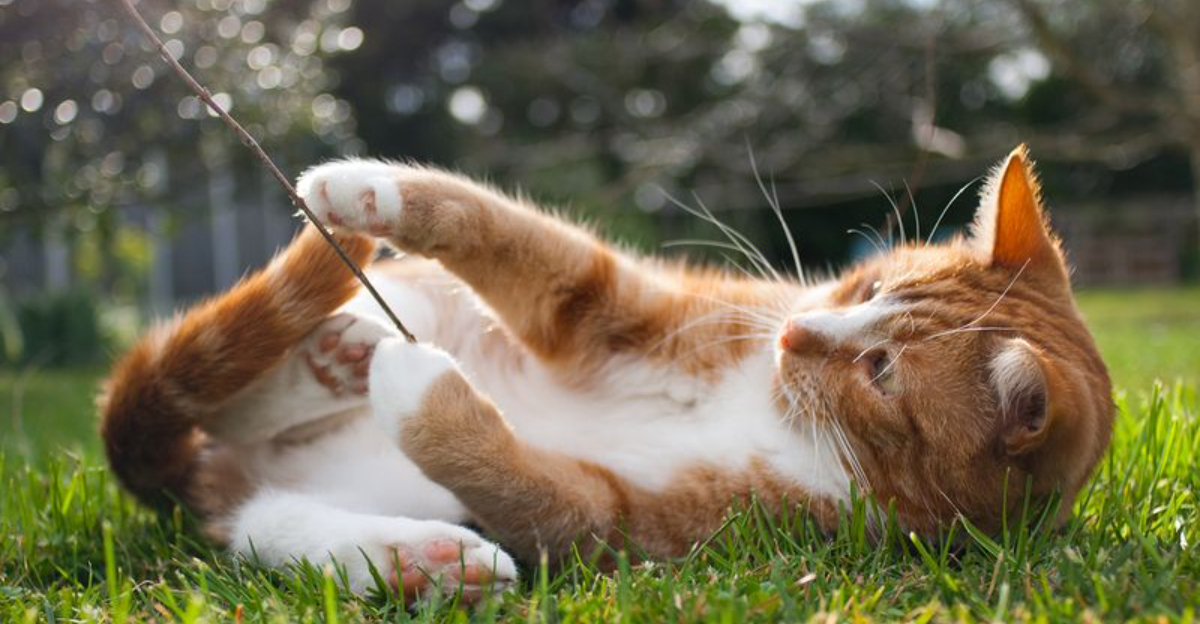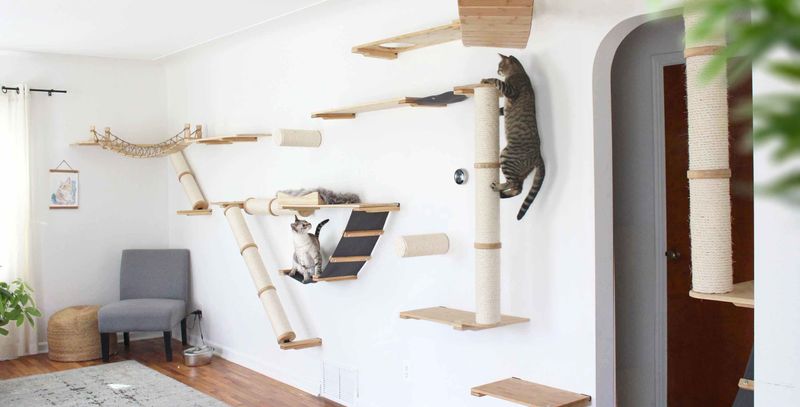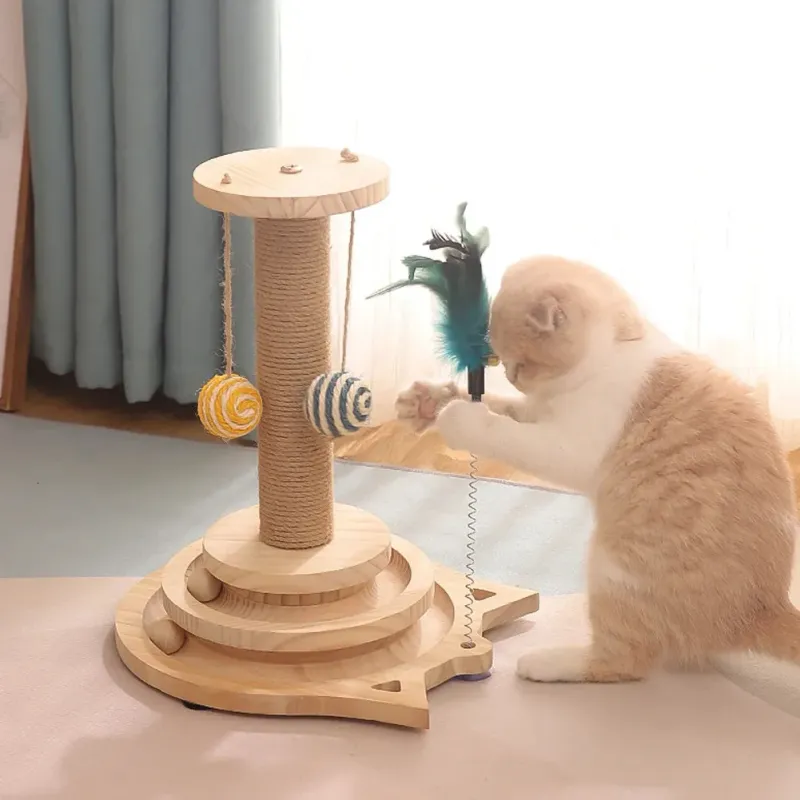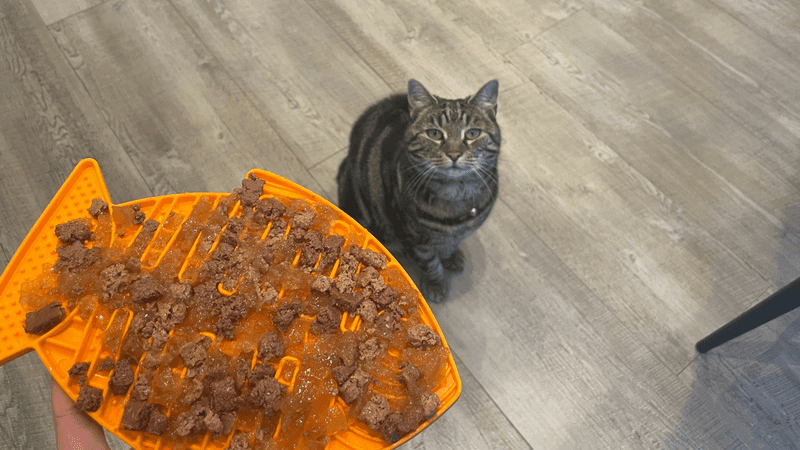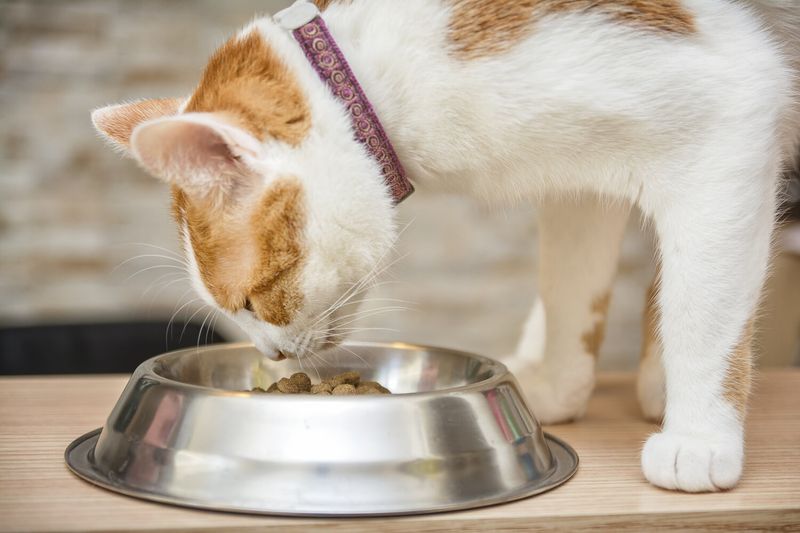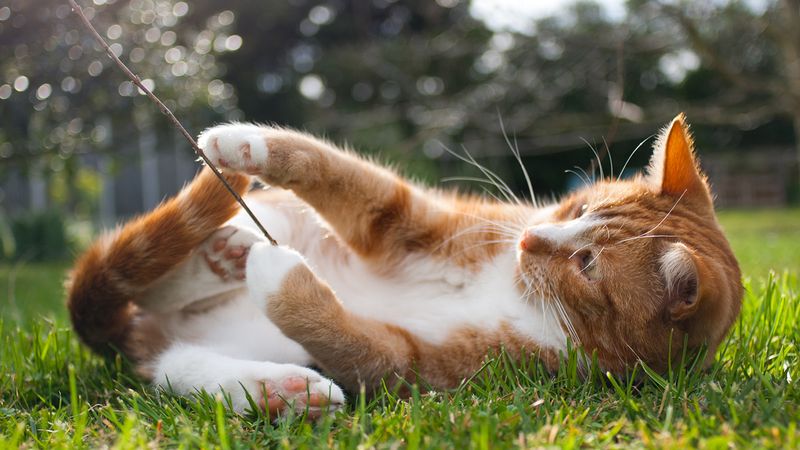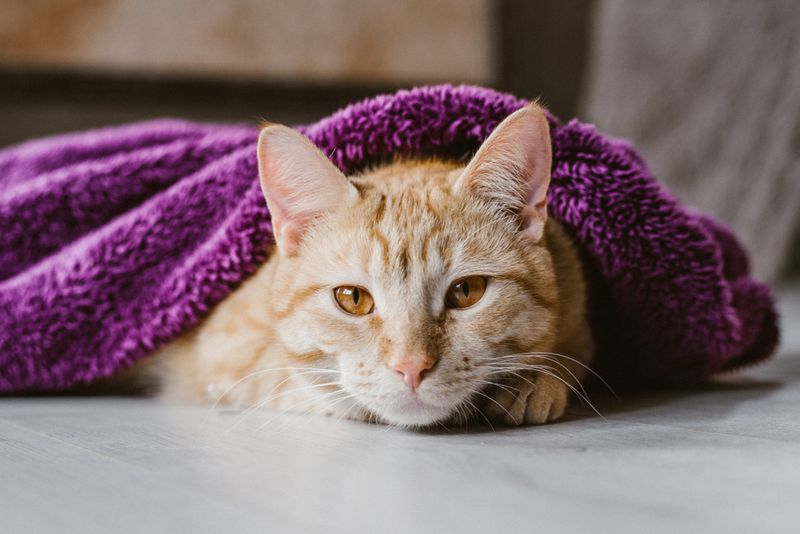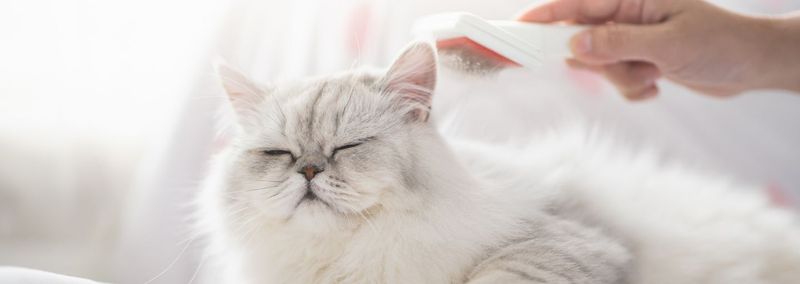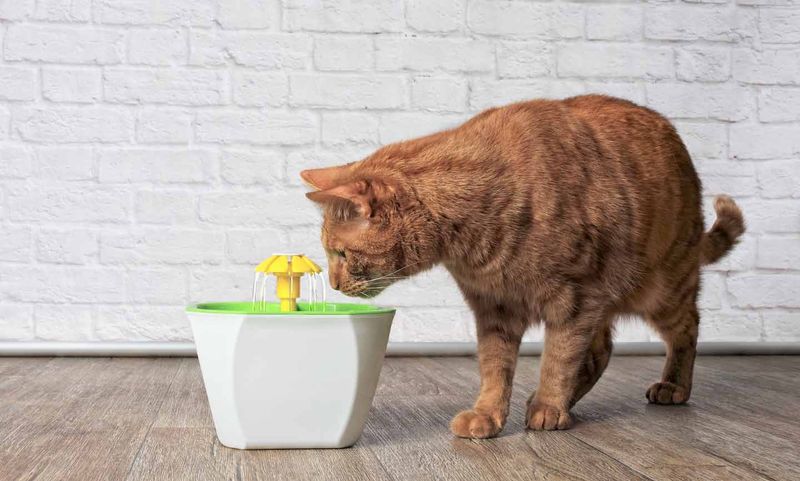📖 Table of Content:
Cats are enigmatic animals, known for their independence and subtle behaviors. Despite their close presence in our lives, their unique needs are often misunderstood or overlooked. Small changes in daily care can make a significant difference in their overall well-being.
Many cat owners unknowingly miss cues that signal discomfort, stress, or boredom. These signs can be as simple as changes in posture, vocalization, or appetite. Recognizing and responding to these subtle messages is essential for a healthier, happier pet.
Incorporating mindful habits into a cat’s routine not only supports their physical health but also strengthens emotional connection. Routine, environment, and interaction all play key roles in feline contentment. Addressing these aspects helps create a calm, secure space where a cat can truly thrive.
1. Create Vertical Territory
Cats naturally crave high perches where they can survey their domain with confidence. Most homes lack sufficient climbing options, leaving cats frustrated and bored.
Installing cat shelves, tall scratching posts, or cat trees against walls gives your feline friend the vertical freedom they desperately desire. These elevated spaces serve as security lookouts and safe retreats when visitors or other pets cause stress.
The investment doesn’t need to be expensive—repurposing sturdy bookshelves or mounting simple floating shelves with non-slip surfaces works wonderfully. Your cat will thank you with increased contentment and fewer behavioral problems.
2. Rotate Toys Regularly
Novelty excites cats just as much as it does humans. Many cat owners buy toys but leave them scattered around continuously until they’re ignored completely.
Smart cat parents create a toy rotation system. Keep two-thirds of your cat’s toys hidden away in storage, and swap them out weekly. This simple habit makes old toys feel brand new again, sparking fresh hunting instincts and mental stimulation.
The sudden reappearance of a forgotten feather wand or crinkle ball triggers your cat’s natural curiosity. Their excitement for playtime will increase dramatically, leading to better physical exercise and reduced boredom behaviors.
3. Provide Puzzle Feeders
Free-feeding from a bowl denies cats their natural hunting instincts. In the wild, cats work for their meals through stalking and capturing prey—mental and physical activities that keep them sharp.
Puzzle feeders transform mealtime into an engaging challenge. These clever devices require cats to solve simple problems to access their food, mimicking the mental stimulation of hunting. The activity prevents boredom, reduces anxiety, and helps maintain a healthy weight.
Start with simpler puzzles and gradually increase difficulty as your cat masters each challenge. Even homemade options work well—hiding kibble in egg cartons or muffin tins creates an inexpensive foraging experience your cat will love.
4. Establish a Consistent Schedule
Although often seen as independent, cats rely heavily on routine. Disruptions in feeding, playtime, or daily household rhythms can lead to increased anxiety. Consistency helps them feel secure.
Setting fixed times for meals, interactive play, and even cleaning their litter box provides a sense of security cats desperately need. Your cat will stop exhibiting anxious behaviors like excessive meowing or pacing when they can reliably predict daily routines.
The stability of a schedule helps cats feel in control of their environment. Notice how your cat may start waiting for you at specific times once a routine is established—this is their way of showing appreciation for the consistency you’ve created.
5. Give Them Safe Outdoor Experiences
Many indoor cats press their noses against windows, longing for outdoor adventures. The sounds, smells, and sights of nature provide irreplaceable stimulation for feline senses.
Cat-safe options like secure catios, window perches, or supervised harness walks offer the perfect compromise between safety and enrichment. These controlled outdoor experiences reduce depression and destructive behaviors while satisfying natural curiosity.
Fresh air and natural sunlight have remarkable effects on cat wellbeing. Even 15 minutes of outdoor time can improve mood and sleep quality. The mental stimulation from watching birds and insects provides entertainment far superior to any indoor toy.
6. Respect Their Personal Space
Forced cuddles and unwanted attention stress cats tremendously. Unlike dogs, cats need control over physical interaction and appreciate owners who recognize their boundaries.
Learning to read subtle body language cues—like tail twitching, ear positions, and pupil dilation—helps you understand when your cat wants affection versus alone time. Providing multiple hiding spots throughout your home gives them essential retreat options when they feel overwhelmed.
The reward for respecting their space? A cat who actively seeks your company on their terms. This builds genuine trust, resulting in more authentic affection and a stronger bond. Remember: a cat’s love is earned through respect, not demanded through persistence.
7. Brush Them Regularly
Regular grooming sessions do more than reduce hairballs and shedding. For cats, grooming represents a social bonding activity that strengthens your relationship while supporting their physical health.
Short 5-minute brushing sessions, 2-3 times weekly, remove loose fur and stimulate natural oil production for healthier skin. The gentle massage effect of brushing improves circulation and helps identify potential health concerns before they become serious.
Many cat owners are surprised by how much their previously brushing-resistant cats come to enjoy these sessions when approached correctly. Start slowly with a soft brush, focus on their favorite spots like cheeks or chin, and always end before your cat shows signs of irritation.
8. Provide Fresh Water Sources
Cats instinctively avoid stagnant water, yet many owners offer only still water in bowls. This evolutionary trait explains why your cat might drink less than they should or show interest in running faucets.
Cat water fountains mimic natural moving water sources, encouraging proper hydration and reducing urinary tract problems. The filtration systems in quality fountains remove impurities and keep water tasting fresh longer than standing bowl water.
Multiple water stations throughout your home also increase the likelihood of adequate drinking. Consider shallow, wide bowls that don’t touch whiskers, placed away from food and litter areas. Proper hydration improves energy levels, digestion, and overall health for your feline companion.
